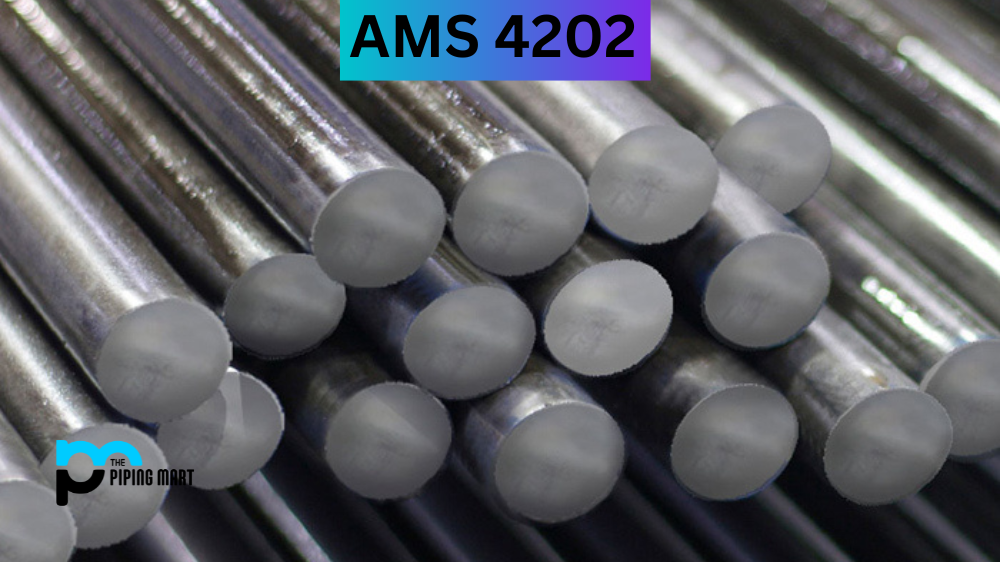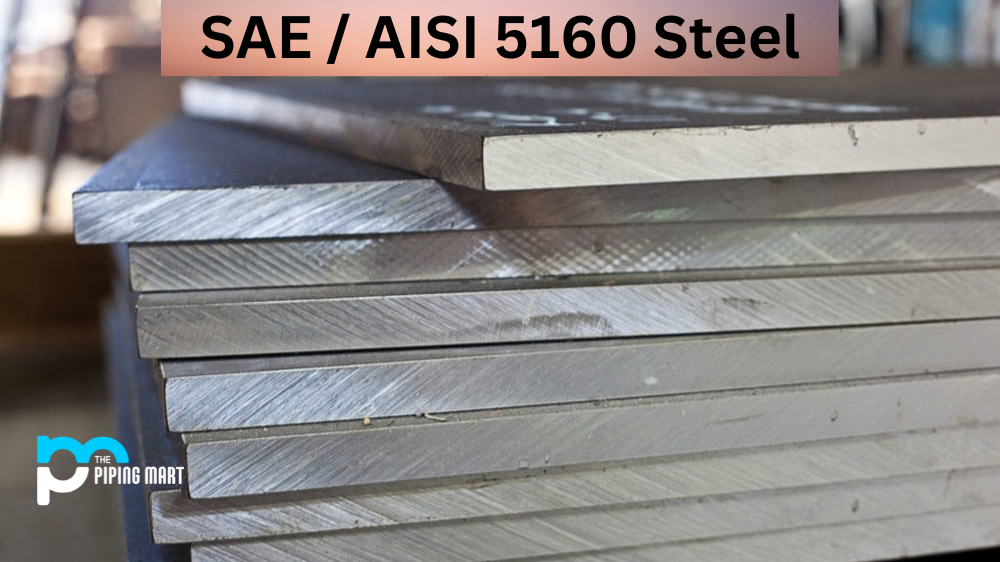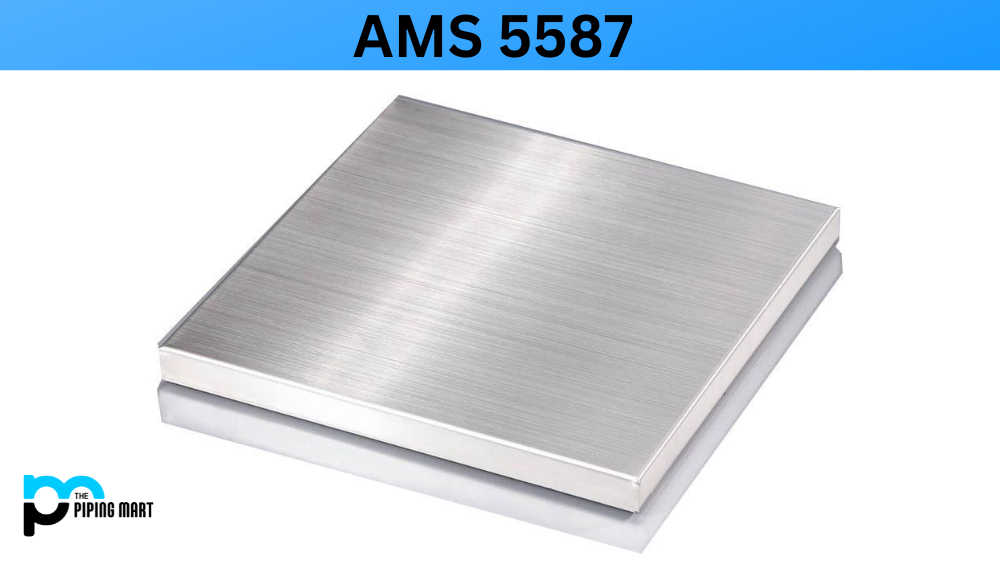In the world of aviation, the use of high-performing materials is crucial to ensure the safety and durability of aircraft parts. One such material is AMS 4202, a nickel-copper alloy often used in aerospace applications. AMS 4202 is known for its excellent mechanical and physical properties and can be heat-treated for increased strength. In this blog post, we’ll dive into what AMS4202 is, the composition of the alloy, its physical and mechanical properties, and its uses in the aviation industry.
What is AMS 4202?
AMS 4202 (also known as Aluminium 7475 Alloy) refers to a specific type of aerospace material specification used by manufacturers to ensure the quality and consistency of their products. This particular specification governs the use of aluminium alloy for aerospace structural components, particularly in areas where strength and durability are critical. With so much riding on the reliability of these components, it’s easy to understand why industry professionals place such a high value on adhering to the strict guidelines outlined in AMS4202. By meeting these high standards, manufacturers can help ensure the safety and performance of the aircraft and the passengers they carry.
AMS 4202 Composition
AMS 4202 is a nickel-copper alloy that belongs to AMS 4200 series. The alloy comprises copper, nickel, iron, and manganese and is strengthened by titanium and aluminium. The chemical composition of AMS 4202 is tightly controlled to ensure consistent performance and quality.
| Element | Content (%) |
|---|---|
| Aluminum, Al | 90.3 |
| Zinc, Zn | 5.7 |
| Magnesium, Mg | 2.3 |
| Silicon, Si | 1.50 |
| Chromium, Cr | 0.22 |
AMS 4202 Physical Properties
AMS 4202 exhibits excellent resistance to corrosion, making it ideal for use in aerospace applications. The alloy has high strength and flexibility, allowing it to withstand high-stress environments. It also has good thermal and electrical conductivity, making it suitable for electrical and electronic components.
| Properties | Metric | Imperial |
|---|---|---|
| Density | 2.6-2.8 g/cm3 | 0.0939-0.1011 lb/in3 |
| Melting point | 546°C | 1015°F |
AMS 4202 Mechanical Properties
AMS 4202 has excellent mechanical properties, making it suitable for high-stress applications. The alloy has a high tensile strength and can withstand high temperatures. It also has good creep resistance, making it suitable for use in parts subjected to high loads and temperatures.
| Properties | Metric | Imperial |
|---|---|---|
| Elastic modulus | 70-80 GPa | 10152-11603 ksi |
| Poisson’s ratio | 0.33 | 0.33 |
AMS 4202 Uses
AMS 4202 is used in various aerospace applications, including structural components, landing gear, and engine parts. The alloy is also used in the manufacture of high-strength bolts and fasteners. Its excellent mechanical and physical properties make it ideal for use in parts subjected to high loads and temperatures.
AMS 4202 Hardness
The hardness of AMS 4202 can be increased through heat treatment. The alloy can be annealed at 1000°C to 1150°C, followed by a water quench. It can then be aged 620°C to 650°C for 8 to 12 hours to increase its hardness.
AMS 4202 Heat Treatment
Heat treatment is an important process for AMS 4202. The alloy can be heat-treated to increase its strength and hardness. Heat treatment involves solution annealing the alloy and ageing to precipitate strengthening phases. The resulting material has high strength, flexibility, and resistance to fatigue and corrosion.
Conclusion
AMS 4202 material is a high-performing nickel-copper alloy that is widely used in aerospace applications. Its excellent mechanical and physical properties and resistance to corrosion and high-temperature environments make it ideal for use in parts subjected to high loads and stress. Its composition is tightly controlled, ensuring consistent performance and quality. Heat treatment is an important process for AMS 4202, as it can increase its strength and hardness. Overall, AMS 4202 is a critical material in the aviation industry and plays an important role in ensuring the safety and durability of aircraft parts.

Pipingmart is a B2B portal that specializes in metal, industrial and piping items. Additionally, we share the latest information and information about materials, products and various types of grades to assist businesses that are involved in this business.




